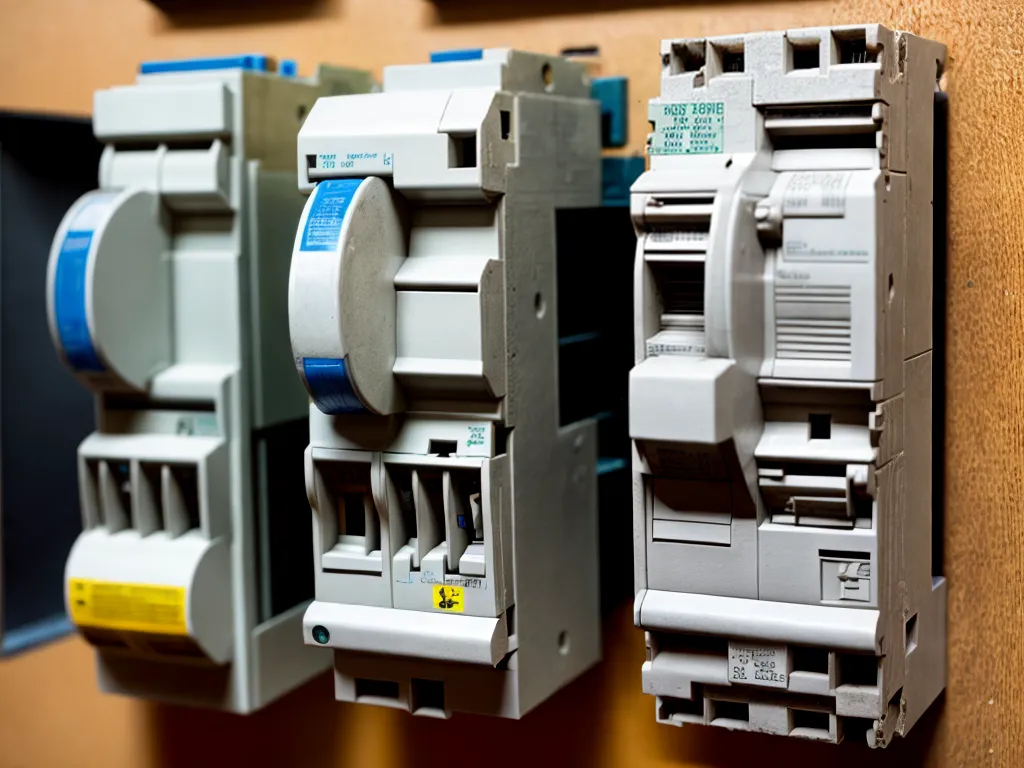
Evaluating Cost Effective Options for Obsolete Circuit Breaker Replacements in Aging Electrical Systems
As facility managers know, electrical systems require ongoing maintenance and eventual upgrades to ensure safety and reliability. For sites with aging infrastructure, one of the most critical needs is replacing obsolete circuit breakers. Outdated breakers pose significant risks of failures that lead to power outages, equipment damage and safety hazards. Replacing them with new, properly rated breakers restores system integrity. However, finding cost-effective solutions requires careful evaluation of options. Here are key considerations for selecting the optimal approach.
Assessing Circuit Breaker Obsolescence Risks
Older circuit breakers often lack the safety features and trip settings needed to prevent hazards and nuisance outages. Common risks include:
-
Insufficient interrupting ratings - Breakers can't safely clear high-amperage faults.
-
Failure to trip - Worn components prevent breakers from tripping on overloads.
-
Nuisance tripping - Poor coordination leads to unnecessary outages.
-
Lack of maintenance support - Unavailable replacement parts for obsolete models.
These deficiencies lead to increased risks of arcing faults, fires, equipment damage and disruption of critical operations. Modern breakers are designed to minimize these risks.
Understanding Available Replacement Options
For obsolete breakers, three general replacement options exist:
New Installed Circuit Breakers
Replacing older breakers with new, listed breakers matching the original amperage rating is the most reliable and code-compliant option. It provides:
- Full testing and certification to UL standards.
- Modern trip units and safety features.
- Improved interrupting ratings.
- Ongoing maintenance support.
However, replacing full panels can be costly if extensive wiring changes are needed.
Circuit Breaker Retrofills
Retrofilling involves replacing obsolete circuit breaker internals with modern components, while reusing the existing enclosure. This provides:
- Cost savings compared to full replacements.
- Improved protection versus obsolete breakers.
- Continued use of existing panel wiring.
Drawbacks include lack of full breaker testing and certification.
Reconditioned Circuit Breakers
Reconditioned breakers are cleaned, repaired and rebuilt to working order. They provide short-term cost savings but do not address obsolescence issues, so reconditioned breakers are not recommended as a long-term solution.
Evaluating the Optimal Solution
The optimal replacement option depends on safety needs, costs and long-term system plans. Key factors to consider include:
Interrupting Rating Requirements
For high-voltage or mission critical systems, new circuit breakers may be the only option meeting required interrupting ratings. Retrofills or reconditioned breakers may not provide sufficient fault protection.
Age and Condition of Existing switchgear
For older panels nearing the end of useful life, replacement may make sense. For newer, well-maintained gear, retrofilling or reconditioning could suffice as interim solutions.
Cost Comparison
Compare bids to quantify upfront and long-term costs of each option. Consider lifecycle costs, not just initial purchase expense.
Inspection Findings
Infrared scanning, power quality monitoring and testing provides data to pinpoint risks. If testing reveals extensive deficiencies, replacement may be warranted.
Future Plans
If major renovations requiring electrical upgrades are anticipated, replacement breakers can serve long-term needs. For short-term continuity, lower cost options may work.
By weighing these factors, facility managers can determine the most prudent solution for their specific needs and infrastructure conditions. The decision requires balancing cost savings against safety investments to manage risk and maximize value.